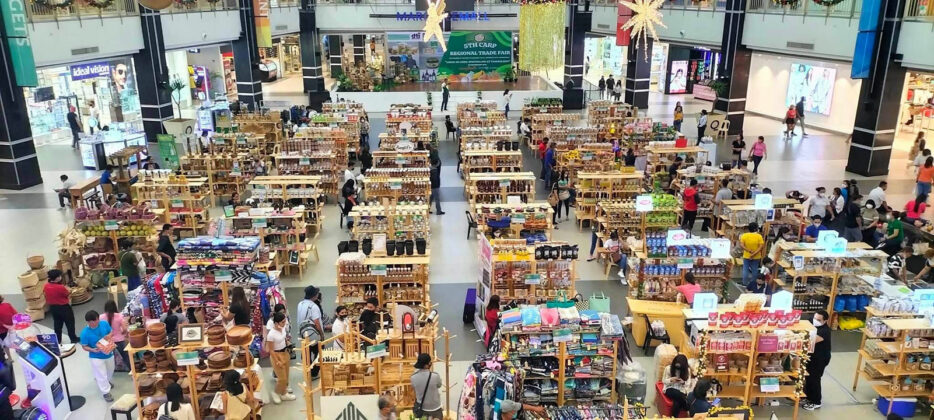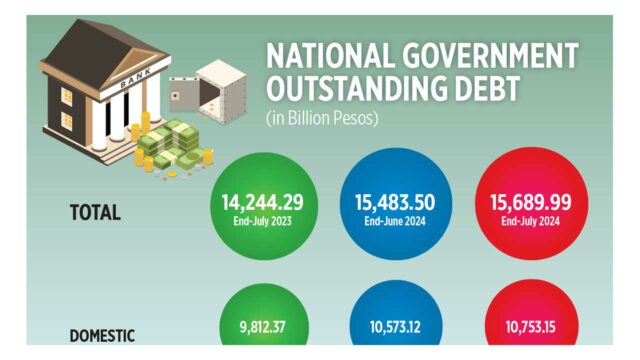As an archipelago situated at the apex of the Coral Triangle, the Philippines is in a uniquely strategic position to optimize its location, which harbors some of the most diverse and extensive coral reef systems. Our nation enjoys a wealth of marine biodiversity that is the envy of many, that protects our coastlines from erosion and storm waves, and that gives us food security and ensures the livelihood of coastal communities.
Unfortunately, many things threaten to destroy the precious marine ecosystem.
Foremost, climate change — directly attributable to human activities over centuries — raises sea temperatures and leads to coral bleaching. This weakens the reefs and reduces their ability to recover.
Overfishing and destructive fishing practices, specifically the use of blast and cyanide fishing, also do harm. And then, given the incursions of another country into what has been established as ours, artificial islands are being built to assert its erroneous claim. This leads to the destruction of natural coastal habitats, including coral reefs, mangroves, and seagrass beds. Such activities also result in coral reef degradation. These illegal methods destroy habitats and reduce fish populations, threatening marine biodiversity and the livelihoods of coastal communities. These projects disrupt marine ecosystems by altering sedimentation patterns and increasing water pollution.
The loss of natural barriers also increases the vulnerability of coastal communities to storm surges and erosion.
In response to these threats, the government has enacted laws and policies to not only protect but also maximize our marine resources. Three pieces of legislation specifically address these concerns. According to Lea Avila, OIC Chief of the Coastal and Marine Ecosystems Management Section, Biodiversity Management Bureau of the Department of Environment and Natural Resources during a recently held forum on marine protection held by The Stratbase ADR Institute, in partnership with the Australian Embassy, it is through the integration of policy, management and enforcement, science, and partnerships that we can conserve and protect our coastal and marine environment.
The Philippine Fisheries Code of 1998, for instance, protects coastal and marine environments by regulating fishing practices, establishing marine protected areas, and involving local communities in resource management. Local policies and ordinances have established more than 1,000 locally managed Marine Protected Areas (MPAs) or Marine Sanctuaries as a result of this law.
The Coral Triangle National Plan of Action expands and effectively manages MPAs and enforces regulations to prevent overfishing and protect fish stocks. The National Integrated Protected Areas System Act of 1992 designates various protected areas, such as national parks and wildlife sanctuaries, and established Protected Area Management Boards to oversee these regions. It also emphasizes community involvement, ensuring that local stakeholders benefit from and participate in conservation efforts.
These laws are not new. They have been in force for years, showing the keen awareness of the government of the need to protect the marine ecosystem. And yet the threats remain. Indeed, conservation alone is not enough. The Philippines must also look beyond protection and find ways to maximize the resources in its waters.
In the same forum, Dr. Mary Kristerie Baleva, a non-resident fellow of the Stratbase ADR Institute and former director of the ASEAN Center for Biodiversity, said that the contribution of ocean-based industries to the national GDP remains below 5% despite the vast array of aquatic resources that the country possesses. Fisherfolk continue to be one of the poorest sectors in society. In 2021, poverty incidence among this sector was at 30.6%.
These indicate that the country’s marine resources are not being fully utilized to improve economic outcomes for its people.
A solution that appears promising is the development of a blue economy, one that emphasizes the sustainable use of ocean resources for economic growth, improved livelihoods, and the preservation of the marine environment.
Toward this objective, the government has emphasized the development of the country’s blue economy. Central to this initiative is Senate Bill 2450 or the proposed “Blue Economy Act,” which is considered a priority legislation of the administration. The Blue Economy Framework will serve as the country’s roadmap towards a diversified and sustainable ocean economy aimed at providing long-term economic and social benefits while building resilience to climate change.
A July 2024 survey by the Social Weather Stations showed that three in five Filipinos believe government efforts in protecting Filipino fishermen and protecting the marine resources in the West Philippine Sea are sufficient. But while there is substantial support for current measures, the government has to intensify its efforts to address ongoing challenges and enhance the protection of these critical national assets. Strengthening these efforts will ensure that the needs and concerns of the Filipino people are effectively met, and that the nation’s maritime sovereignty and ecological wealth are secured for future generations.
Defending our seas goes far beyond securing our territorial waters or safeguarding the rights of our fisherfolk against expansionist threats. It is a profound commitment to our role as stewards of these vast and vital resources. We are entrusted with the responsibility to care for, preserve, and protect the marine ecosystem — not just for our own benefit, but for the health of our planet and the prosperity of succeeding generations.
Victor Andres “Dindo” C. Manhit is the president of the Stratbase ADR Institute.
















